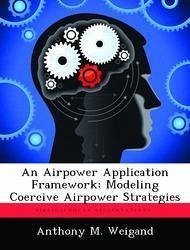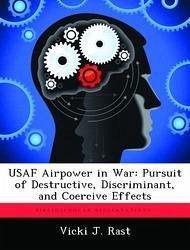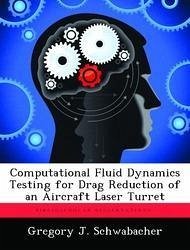
Coercive Airpower in Gwot: Testing Validity of Courses of Action
Versandkostenfrei!
Versandfertig in über 4 Wochen
53,99 €
inkl. MwSt.

PAYBACK Punkte
27 °P sammeln!
The question this monograph attempts to answer is whether "coercive strategies and their associated defeat mechanisms provide valid courses of action (COAs) for the US against global terrorists networks and nations that harbor terrorists?" The GWOT and the struggle against militant jihad exposed new challenges that air planners must confront in order to deal with this new type of threat. It is hubris to presume that airpower can overwhelmingly coerce al Qaeda or any terrorist organization into changing its attitudes and enmity towards the West, particularly towards America. However, the GWOT i...
The question this monograph attempts to answer is whether "coercive strategies and their associated defeat mechanisms provide valid courses of action (COAs) for the US against global terrorists networks and nations that harbor terrorists?" The GWOT and the struggle against militant jihad exposed new challenges that air planners must confront in order to deal with this new type of threat. It is hubris to presume that airpower can overwhelmingly coerce al Qaeda or any terrorist organization into changing its attitudes and enmity towards the West, particularly towards America. However, the GWOT involves not only the terrorist organizations with international networks, but also the regimes of those nations that sponsor and harbor terrorists. This monograph evaluates the validity of airpower as an instrument of coercion against both terrorist organizations and the regimes of nations that harbor or support terrorists. Airpower's role in this mission is the focus of this study, oriented towards coercion theory application and its feasibility and acceptability as a valid course of action against global terrorist networks and harboring nations. Evidence from previous airpower coercion attempts, such as Libya, Korea, the Bekka Valley, and the 1998 Afghanistan and Sudanese strikes were used to provide insights into the validity of coercive airpower.














